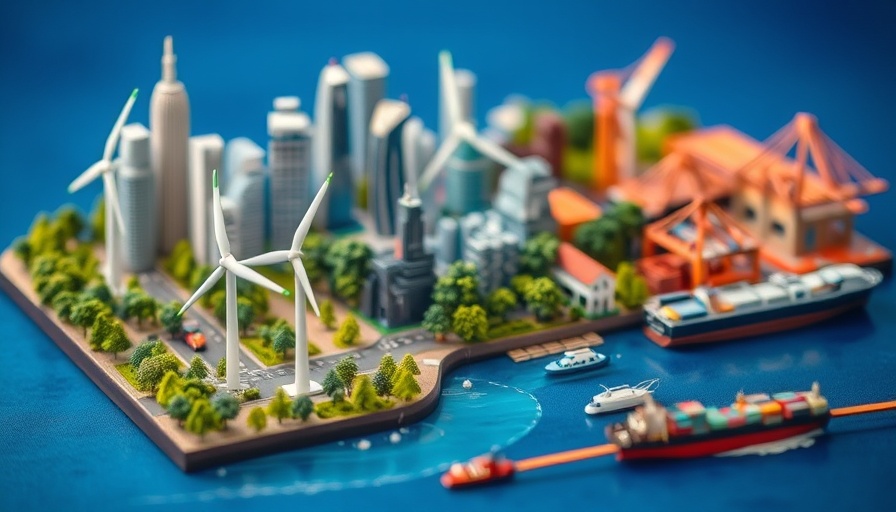
Unlocking Indonesia's Potential: A Roadmap to High-Income Status by 2045
Indonesia’s ambition to become a high-income country by 2045 hinges on one key element: enhanced productivity. To achieve this target, the nation must not only focus on numerical growth but also innovate within its economic frameworks. By understanding the dynamics of productivity growth, we can appreciate the road ahead for Indonesia.
Understanding the Growth Metrics
To secure high-income status, Indonesia is required to increase its productivity growth rate from 3.1% to an impressive 4.9% per year. This is necessary for the GDP to grow at a rate of 5.4% annually. Such comparisons to other emerging economies are telling; countries that started with similar GDP levels have made this leap in under three decades, suggesting that by emulating their tactics, Indonesia can expedite its evolution.
Transformations in the Business Landscape
A critical factor for achieving higher productivity lies in expanding the middle and large enterprise sectors. Currently, Indonesia’s business environment is dominated by informal microenterprises that, while vital for livelihoods, do not contribute to capital deepening crucial for economic advancement. Shifting this workforce towards larger companies could triple the non-farm capital per worker, fundamentally altering wage structures and the overall economic landscape.
The Services Sector: A Growing Opportunity
While every sector plays a role in economic growth, the services industry, particularly tourism and tech, is posited to contribute around 70% of GDP expansion. By leveraging its abundant tourist attractions and evolving tech landscapes, Indonesia can pivot to a more service-oriented economy. This requires improving operational efficiencies and investing in workforce skills.
The Urbanization Challenge: Creating Livable Cities
Urbanization offers another pathway to unlocking Indonesia's full potential. With expectations for 40 million more people to migrate into urban areas, the need for sustainable and livable cities becomes crucial. Cities can enhance access to formal employment, which is a pivotal factor in enhancing productivity and living standards.
Synchronized Capital Deployment: The Key to Growth
To engineer an 'enterprising Indonesia', a strategic and synchronized approach to deploying various types of capital—financial, human, infrastructural, and entrepreneurial—is required. By effectively attracting and nurturing these forms of capital, Indonesia can boost productivity, improve the business environment, and help companies offer better wages.
In summary, Indonesia’s roadmap to becoming a high-income economy by 2045 necessitates transformative thinking and strategic execution across various aspects of its economy. Sustainable development through effective urbanization, bolstered by service sector growth and an expanded middle to large corporate sector, offers a multi-faceted approach toward achieving this ambitious goal. For those invested in Indonesia's future, staying informed of these evolving trends can provide invaluable insights for sustainable investments and growth.
 Add Row
Add Row  Add
Add 




Write A Comment